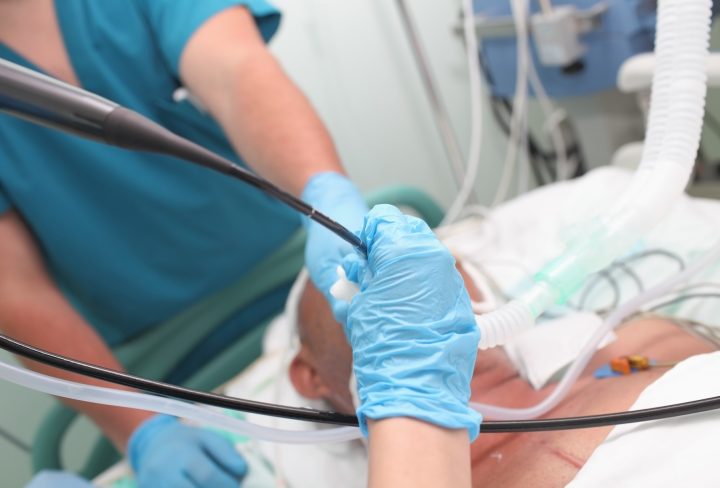Fiberoptic bronchoscopy is a diagnostic procedure that allows doctors to examine the airways of your lungs. It involves using a thin, flexible tube equipped with a tiny camera, called a bronchoscope. This procedure helps diagnose and sometimes treat lung conditions.
What Happens During a Bronchoscopy?
Before the procedure, you may be given a sedative to help you relax. The bronchoscope is gently inserted through your nose or mouth and into your windpipe. The doctor can then examine your airways for any abnormalities, such as inflammation, tumors, or foreign objects.
Reasons for a Bronchoscopy
There are several reasons why your doctor might recommend a bronchoscopy:
To diagnose lung conditions: Bronchoscopy can help identify conditions like lung cancer, pneumonia, chronic obstructive pulmonary disease (COPD), and other lung diseases.
To obtain tissue samples: A small sample of tissue can be taken during the procedure for further examination. This is called a biopsy.
To remove foreign objects: If something is stuck in your airways, a bronchoscope can be used to remove it.
To treat certain conditions: In some cases, bronchoscopy can be used to treat conditions such as bleeding in the lungs or to remove mucus plugs.
Preparing for a Bronchoscopy
Your doctor will provide specific instructions based on your health condition. Generally, you may need to avoid eating or drinking for a certain period before the procedure. You may also need to stop taking certain medications.
Risks of Bronchoscopy
Like any medical procedure, bronchoscopy carries some risks, including:
- Bleeding
- Infection
- Reaction to sedation
- Pneumothorax (collapsed lung)
- Vocal cord damage
However, these risks are generally low, and complications are rare.
Recovery After Bronchoscopy
Most people can resume their normal activities shortly after the procedure. You may experience a sore throat or cough for a few days. It is essential to follow your doctor’s post-procedure instructions carefully.
If you have concerns about a bronchoscopy, discuss them with your doctor. They can explain the procedure in detail and address any questions you may have.



